


OMA
La Organización Mundial de Aduanas (OMA) (WCO de sus siglas en inglés World Customs Organization) es un organismo internacional dedicado a ayudar a los países miembro (normalmente representado por las respectivas aduanas) a cooperar y estar comunicados entre ellos en materia aduanera. Fue fundada en 1952 como el Consejo de Cooperación Aduanera nombre que utilizó hasta 1994, año en que se cambió por el vigente.
Su sede está en Bruselas, Bélgica, y su labor contribuye a desarrollar reglas consensuadas en procedimientos aduaneros, así como a prestar asistencia y aconsejar a los servicios de aduanas.
La OMA ha establecido una clasificación estándar a nivel internacional de productos llamado Sistema Armonizado para la Descripción y Codificación de Mercancías o Sistema Armonizado a secas.
Cuenta con 174 países miembros, y su actual Secretario General es Kunio Mikuriya (2009- ).
La OMA no interviene en disputas comerciales o relativas a las tarifas, de esto se encarga la Organización Mundial del Comercio.
En junio de 2005, se adoptó el programa SAFE, un convenio internacional que contiene 17 estándares para aumentar la seguridad, facilidades comerciales, la lucha contra la corrupción y la recolección de impuestos.
Sistema Armonizado para la Descripción y Codificación de Mercancías.
El Sistema Armonizado (SA; en inglés HS Harmonized System) es un modelo para la nomenclatura de productos desarrollado por la Organización Mundial de Aduanas. Su finalidad es la creación de un estándar multi-propósito para la clasificación de los bienes que se comercian a nivel mundial.
Actualmente esta en uso por más de 200 países como base definitoria para el cobro de impuestos de importación. También es utilizado para la recolección de estadísticas de comercio internacional, establecimiento de políticas arancelarias, manejo de reglas de origen, monitoreo de productos controlados entre otros.
El sistema armonizado utiliza una codificación de seis dígitos y una estructura de clasificación de 4 niveles: Sección con 21 categorías, Capítulo con 97, Partida con más de 1200 y Sub-partida con más de 5000.
La clasificación se realiza según
Origen ya sea animal, vegetal, mineral.
Función.
Un ejemplo especifico sería 3208.20 que corresponde a Pinturas basadas en polímeros acrílicos y/o vinílicos en medios no-acuosos. Los primeros dos dígitos corresponden al capítulo (Colorantes, pigmentos... pintura y barnices...) los dígitos tres y cuatro a la partida (Pinturas y barnices) y los últimos dígitos a la sub-partida ( basados en polímeros acrílicos y vinílicos). Las secciones, que utilizan numerales romanos, sólo se utilizan para agrupar los capítulos en 21 categorías de referencia.
El mantenimiento de este sistema es uno de los mandatos fundamentales de la OMA; para ello existe dentro de la organización un Comité del sistema armonizado, el cual hace actualizaciones cada 4-6 años (la última entro en vigor el 1 de enero de 2007). Estas modificaciones toman en cuenta los cambios de tecnología y las últimas tendencias en comercio internacional.
Usos
Es utilizado por los países para poder definir sus aranceles correspondientes al momento de ingresar a otra nación.
Es utilizado para que los países cuenten con estadísticas de las mercancías que se pueden considerar de interés, ya sea para un país o para un grupo de países.
WCO
The World Customs Organization (WCO) is an intergovernmental organization headquartered in Brussels, Belgium. With its worldwide membership, the WCO is recognized as the voice of the global customs community. It is particularly noted for its work in areas covering the development of international conventions, instruments, and tools on topics such as commodity classification, valuation, rules of origin, collection of customs revenue, supply chain security, international trade facilitation, customs enforcement activities, combating counterfeiting in support of Intellectual Property Rights (IPR), integrity promotion, and delivering sustainable capacity building to assist with customs reforms and modernization. The WCO maintains the international Harmonized System (HS) goods nomenclature, and administers the technical aspects of the World Trade Organization (WTO) Agreements on Customs Valuation and Rules of Origin.
History
In 1947, thirteen European countries established a Study Group to examine customs issues identified by the General Agreement on Tariffs and Trade (GATT). This work led to the adoption in 1950 of the Convention Establishing the Customs Co-operation Council (CCC), which was signed in Brussels. On January 26, 1953 the CCC’s inaugural session took place with the participation of 17 founding members. WCO membership subsequently expanded to cover all regions of the globe. In 1994, the organization adopted its current name, the World Customs Organization. Today, WCO members are responsible for customs controls on more than 98% of all international trade
Vision and objectives
The WCO is internationally acknowledged as the global centre of customs expertise and plays a leading role in the discussion, development, promotion and implementation of modern customs systems and procedures. It is responsive to the needs of its members and its strategic environment, and its instruments and best-practice approaches are recognized as the basis for sound customs administration throughout the world.
The WCO’s primary objective is to enhance the efficiency and effectiveness of member customs administrations, thereby assisting them to contribute successfully to national development goals, particularly revenue collection, national security, trade facilitation, community protection, and collection of trade statistics.
Instruments
In order to achieve its objectives, the WCO has adopted a number of customs instruments, including but not limited to the following:
1) The International Convention on the Harmonized Commodity Description and Coding System (HS Convention) was adopted in 1983 and came into force in 1988. The HS multipurpose goods nomenclature is used as the basis for customs tariffs and for the compilation of international trade statistics. It comprises about 5000 commodity groups, each identified by a six digit code arranged in a legal and logical structure with well-defined rules to achieve uniform classification. The HS is also used for many other purposes involving trade policy, rules of origin, monitoring of controlled goods, internal taxes, freight tariffs, transport statistics, quota controls, price monitoring, compilation of national accounts, and economic research and analysis.
2) The International Convention on the Simplification and Harmonization of Customs procedures (revised Kyoto Convention or RKC) was originally adopted in 1974 and was subsequently revised in 1999; the revised Kyoto Convention came into force in 2006. The RKC comprises several key governing principles: transparency and predictability of customs controls; standardization and simplification of the goods declaration and supporting documents; simplified procedures for authorized persons; maximum use of information technology; minimum necessary customs control to ensure compliance with regulations; use of risk management and audit based controls; coordinated interventions with other border agencies; and a partnership with the trade. It promotes trade facilitation and effective controls through its legal provisions that detail the application of simple yet efficient procedures and also contains new and obligatory rules for its application. The WCO revised Kyoto Convention is sometimes confused with the Kyoto Protocol, which is a protocol to the United Nations Framework Convention on Climate Change (UNFCCC or FCCC).
3) ATA Convention and the Convention on Temporary Admission (Istanbul Convention). Both the ATA Convention and the Istanbul Convention are WCO instruments governing temporary admission of goods. The ATA system, which is integral to both Conventions, allows the free movement of goods across frontiers and their temporary admission into a customs territory with relief from duties and taxes. The goods are covered by a single document known as the ATA carnet that is secured by an international guarantee system.
4) The Arusha Declaration on Customs Integrity was adopted in 1993 and revised in 2003. The Arusha Declaration is a non-binding instrument which provides a number of basic principles to promote integrity and combat corruption within customs administrations.
5) The SAFE Framework of Standards to Secure and Facilitate Global Trade was adopted in 2003. The SAFE Framework is a non-binding instrument that contains supply chain security and facilitation standards for goods being traded internationally, enables integrated supply chain management for all modes of transport, strengthens networking arrangements between customs administrations to improve their capability to detect high-risk consignments, promotes cooperation between customs and the business community through the Authorized Economic Operator (AEO) concept, and champions the seamless movement of goods through secure international trade supply chains.
Administration
The WCO Secretariat is headed by a Secretary General, who is elected by the WCO membership to a five year term. The current WCO Secretary General is Kunio Mikuriya from Japan, who took office on 1 January 2009. The WCO is governed by the Council, which brings together all Members of the Organization once a year, in a meeting chaired by an elected Chairperson. Additional strategic and management guidance is provided by the Policy Commission and the Finance Committee. Several WCO committees, such as the Harmonized System Committee, the Permanent Technical Committee, the Technical Committee on Customs Valuation, Technical Committee on Rules of Origin, the Capacity Building Committee, and the SAFE Working Group, provide a platform for developing instruments and best practices on customs competencies.
Fuente "wikipedia".

..bmp)




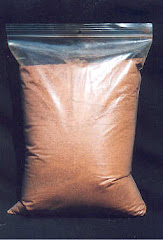..jpg)
..jpg)
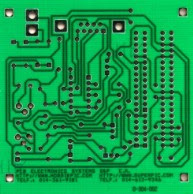
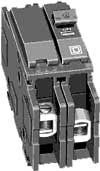
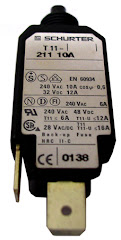

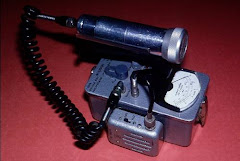


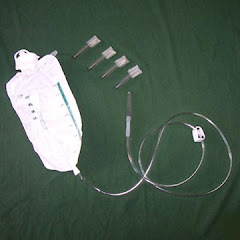.jpg)
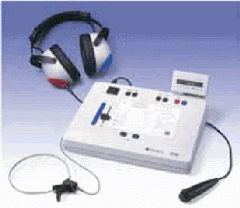.gif)
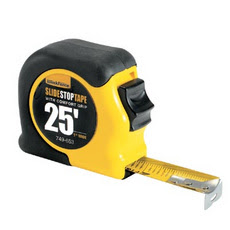.jpg)

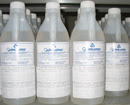

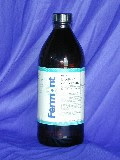



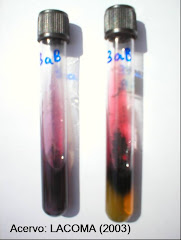
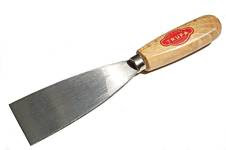
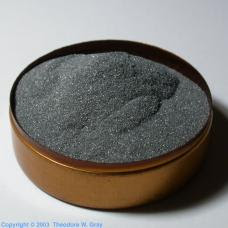..jpg)

+Stainless+steel+elbow.bmp)
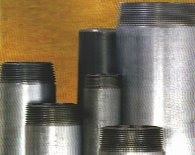

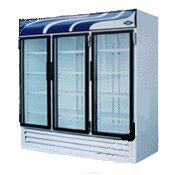
..jpg)
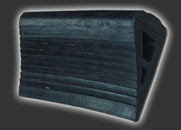
..jpg)

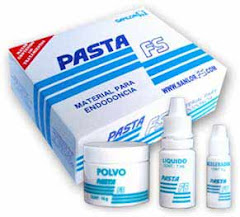..jpg)





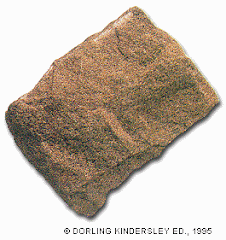
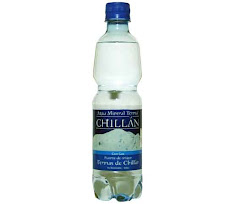
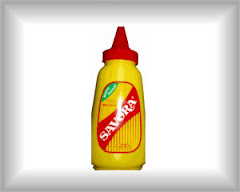







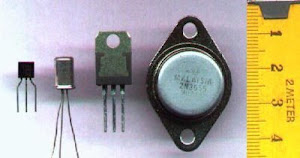
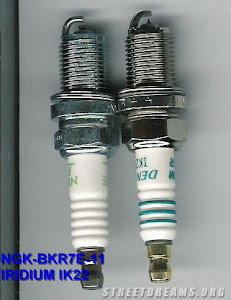


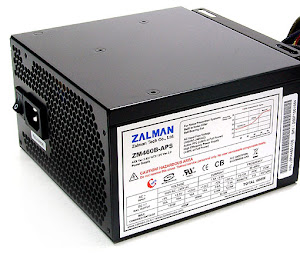..jpg)
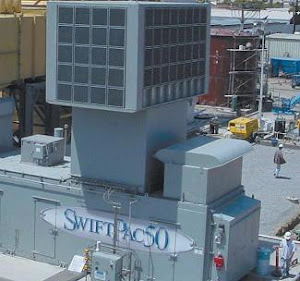..jpg)

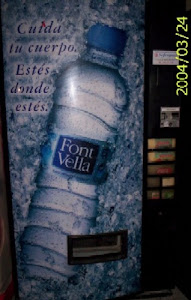
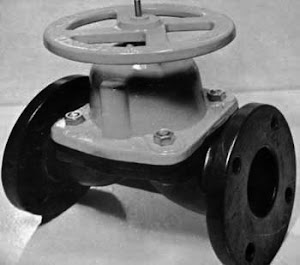..jpg)


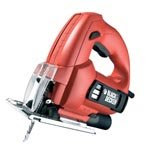

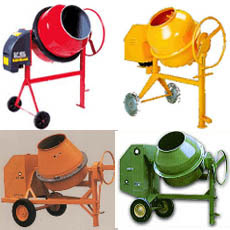

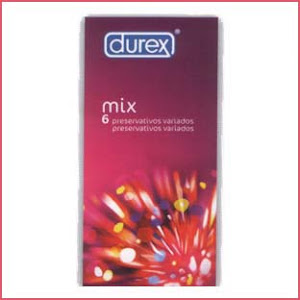
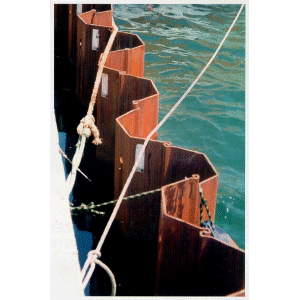Tablestacas..gif)

.gif)
.bmp)

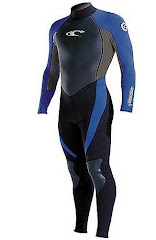

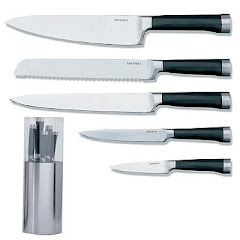
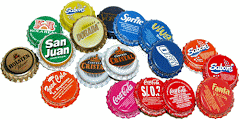


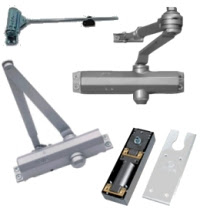
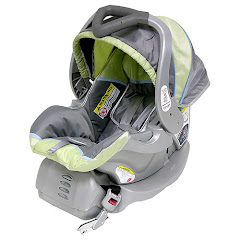
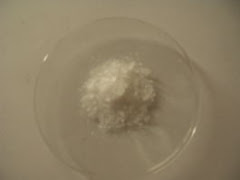
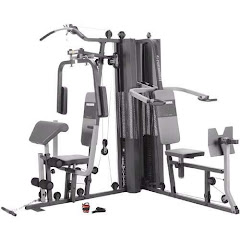
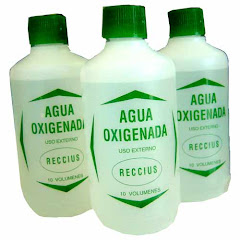..jpg)

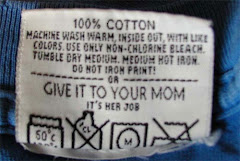
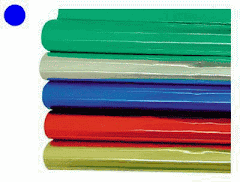
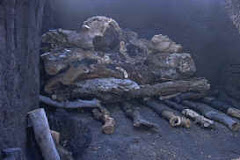.jpg)


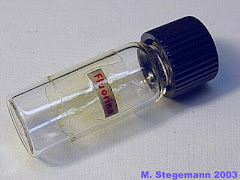
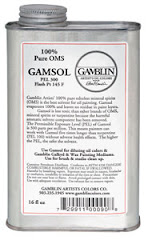..jpg)
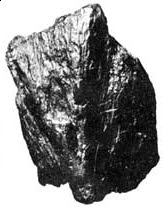
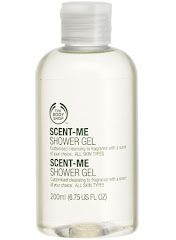
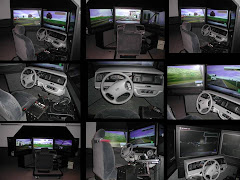
.jpg)
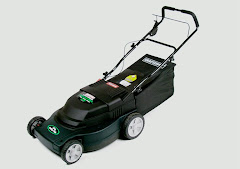
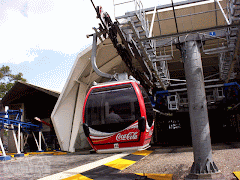
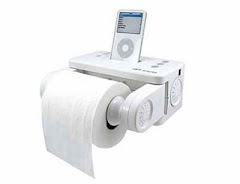
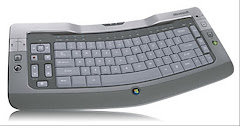
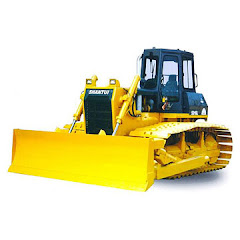..jpg)
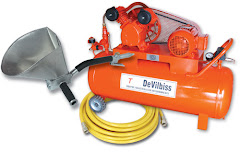
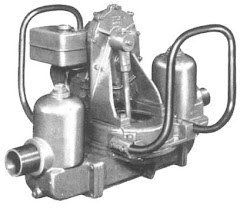

.gif)

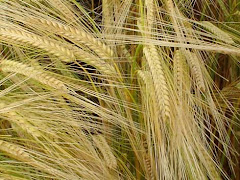


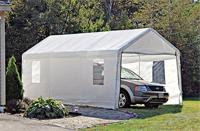..jpg)

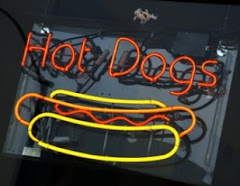

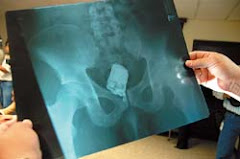
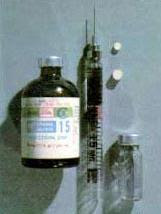
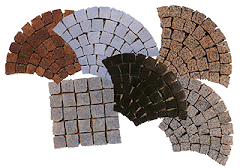
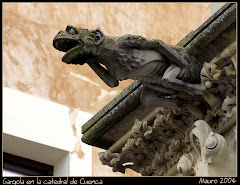
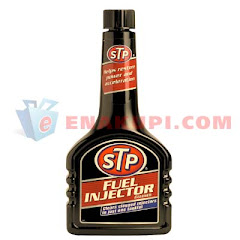
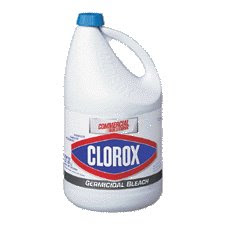





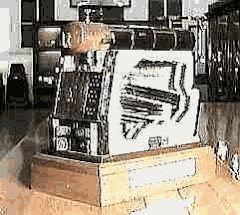
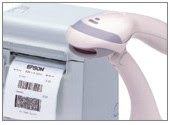
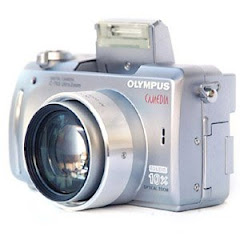
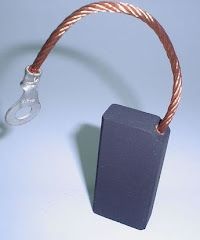

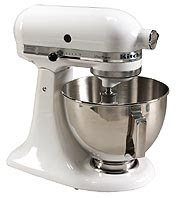

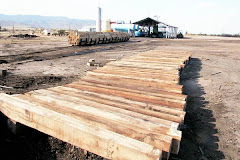+de+madera+para+vias,sin+impregnar.jpg)
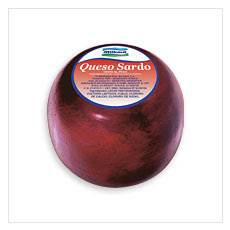

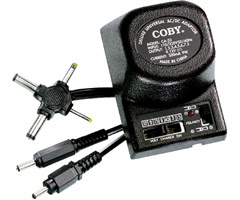





..jpg)

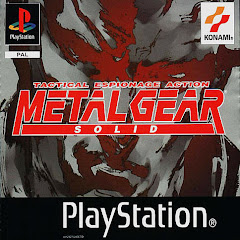

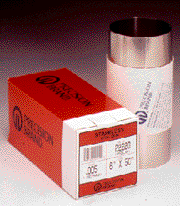.gif)
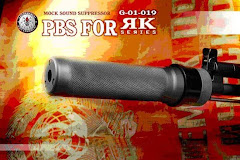

..jpg)
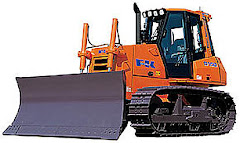+de+oruga.jpg)
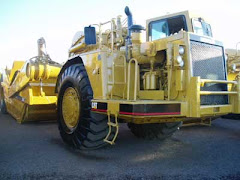
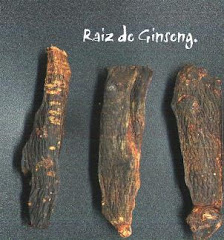

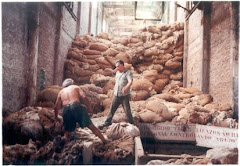

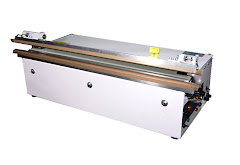
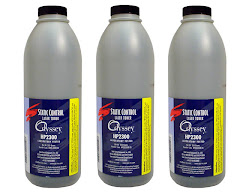
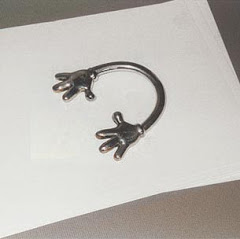

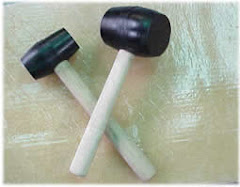
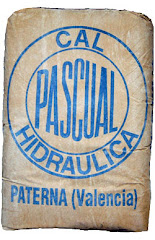




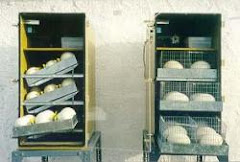

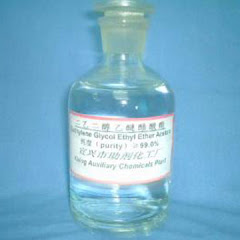
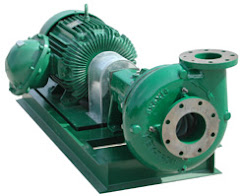
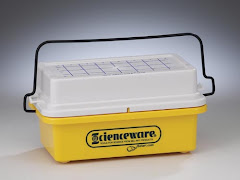+BEL-ART.jpg)
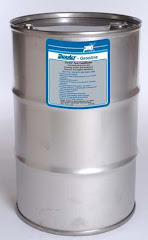

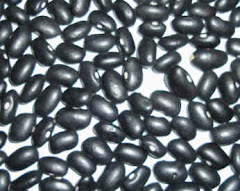

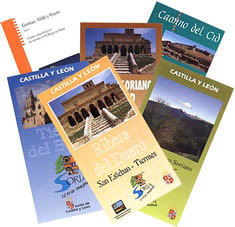




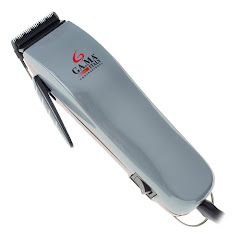

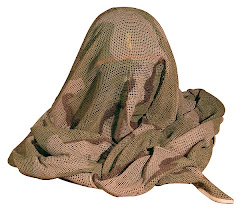.jpg)
..jpg)
.gif)
..bmp)

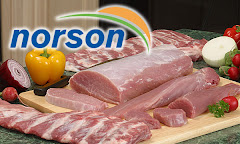
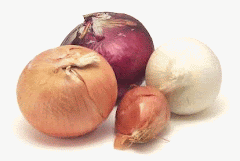
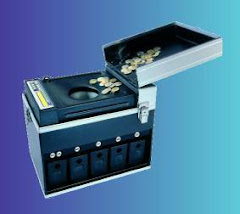
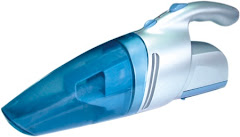
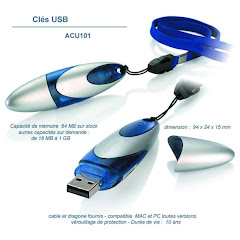.bmp)
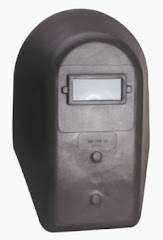

No hay comentarios:
Publicar un comentario